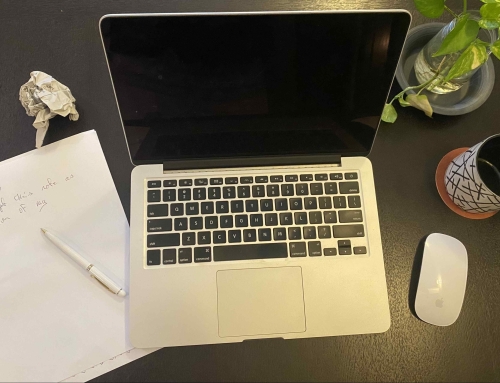There are many readers here who have spent time living and working in some remote locations or third tier cities in greater Asia, so this story may bring a smile. It’s all about going to restaurants, bars, and cafes and ordering a drink, or more specifically, a glass of wine or a bottle of beer. Aside from the stratospheric prices that often appear on the beverage menu, it is more often the product itself that eventually appears which leads to the raising of the eyebrows, in anticipation of what is going to happen next.

Oxidised white wines. Bad handling and a lack of understanding…
Poor beverage knowledge and inexperience in pricing, or understanding quality for price paid, seem to be the basic problem in a lot of places. I remember seeing a well known cheap bottle of white wine, which usually retails for around USD 7.- listed on a menu in Bali for $80.- Tax has a lot to do with that. So does lack of product training.
But it is the poor product handling, serving temperature and frequent lack of understanding about beverages in general that initiates the resigned shaking of the head. I was told by an honest server, in a reputable hotel, that the red wine I was about to order by the glass was opened in the previous month and had been sitting on the shelf for about three weeks. But he said that with an honest smile.
“So train them!” I hear you call in unison, and yes that’s true, but perhaps only as far as we have responsibility for our individual business units. More about that later.
“Joe” (not his real name) is a Taiwanese mate here in Lijiang who buys wines on line. This is most certainly the favourite dumping ground of unscrupulous wine agents. He takes great pleasure in sharing the occasional bottle of red from his most recent purchase. The problem is the majority of bottles are so past their prime it is hard not to grimace, when, so as not to offend, we all take a sip. Yet, in a country where so many people only know of two types of wine, one being red and the other white rice wine, it is not difficult to understand why.
I have to confess I visited the beverage store in one of my hotels just after I arrived for a new assignment in China, only to discover some antique bottles of Sauvignon Blanc that were so expired they were a beautiful golden brown. I spoke to the finance team and told them to write them all off. So the enterprising finance guys got together with the creative bar guys and decided to offer them on special, by the glass…
The aroma that resulted from pouring the wine into a glass, which bore a close resemblance to cheap nail polish remover, was somewhat unappealing. Much to the confusion and bemusement of both teams, I offered all the offending bottles to the drain. I was afraid to ask how many had been sold in the recent past. I then took all the staff through a basic two hour wine training and appreciation course as luckily I have some experience in that field.

Shangrila beer. A great selection of lagers and ales.
It’s not their fault though. No one had instructed them how to manage the wine properly. The fresh, young, ‘drink now’ white wines were not sold within their expected shelf life. No one monitored the storage environment of the stock.
If you were the owner, you would care. Or should care. I heard about a pallet of wine sitting on the dock in Langkawi, Malaysia, for two days before it was collected by the staff of the five star hotel that had ordered it. It is usually 30*c every day in Langkawi. Then there is the direct sunshine at midday…
Beer is another problem. Aside from being served warm, production dates are rarely understood, observed, acknowledged or checked. Stuff sits in warehouses far too long before it is shipped. The first in first out inventory movement concept is often overlooked. All consumers should learn how to read beer production date stamps. If you know how to already, teach those that don’t.
Another acquaintance of mine is the owner of the Shangrila brewing company. They produce a world class range of beers up in the Deqing Tibetan Autonomous area of Yunnan. He laments the complaints he often sees on line, regarding his otherwise excellent product, which are only there because of poor storage and handling on the part of the retail outlets who buy and eventually sell his beers.

A little bit of training can save a lot of trouble
So what is the solution? A little bit of training, spontaneous or planed, can go a long way.
If you are in the business then check, inspect, educate, train on the spot. Make sure your staff understand the basics. Don’t assume they do.
If you are a consumer, then encourage, share experience and write encouraging reviews when they respond to your inputs. I do, as often as I can. You would be surprised how well received it can sometimes be.
While on holidays one time at a really nice little upscale boutique hotel in Cebu, I taught a group of willing service attendants how to get a better result from their expensive espresso machine. I went back a year later and they gave me a better coffee than I could have made.
It can be done. Hats off to my other friend Hweeling who runs the Bivou in Shuhe village, Lijiang, rated number 1 by Trip Advisor. She obviously knows a thing or two about stock rotation and has some of the best kept beer on offer in the area. But then Hweeling is Singaporean after all, and hand picks the well trained staff.
Sonny at Shangrila brewing would be very happy. Cheers.





